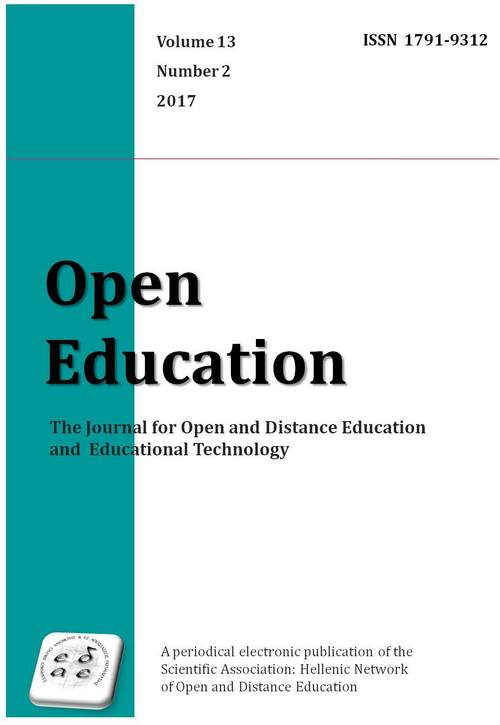Οι νέες τεχνολογίες ως εργαλείο ενίσχυσης των πολλαπλών ευφυϊών
Abstract
Αυτή η εργασία είναι μια προσπάθεια προσέγγισης της θεωρίας των πολλαπλών ευφυϊών του Howard Gardner και τις δυνατότητες που παρέχονται από το μοντέλο της εκπαίδευσης της ανοικτής και εξ αποστάσεως εκπαίδευσης. Η ανοικτή και εξ αποστάσεως εκπαίδευση μπορεί να φέρει επανάσταση στην παραδοσιακή παιδαγωγική πρακτική, καλύπτοντας τις ανάγκες των ατόμων που έχουν διαφορετικές μορφές γνωστικής κατανόησης. Τα συμπεράσματα αναδεικνύουν την ανοικτή και εξ αποστάσεως εκπαίδευση όχι απλώς ως ένα απλό εργαλείο για τη διάδοση της εκπαίδευσης, αλλά ως μέσο επίτευξης νέων επιπέδων κατανόησης και μάθησης.
Article Details
- Come citare
-
- Fascicolo
- V. 13 N. 2 (2017)
- Sezione
- Μέρος δεύτερο / Section 2



